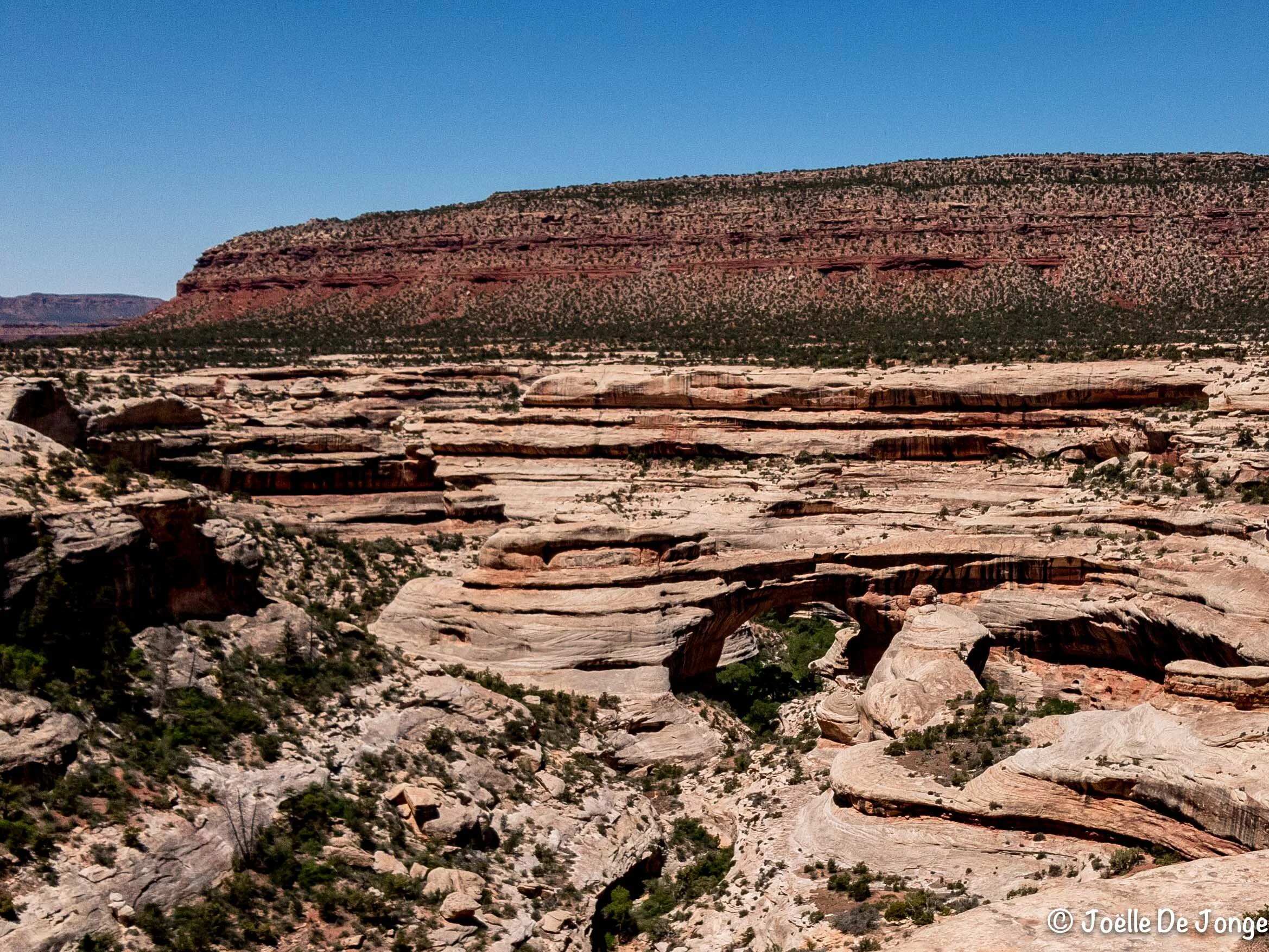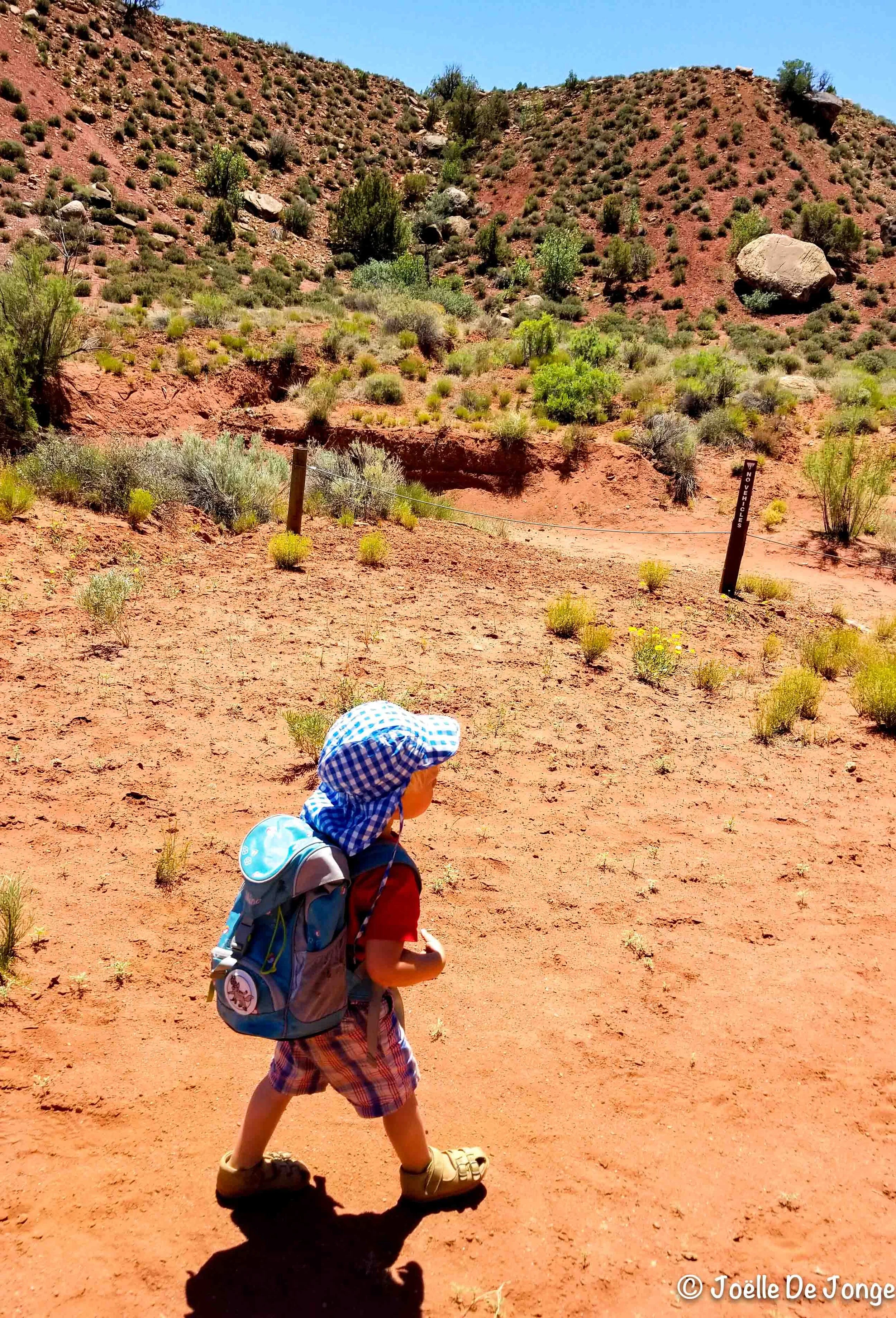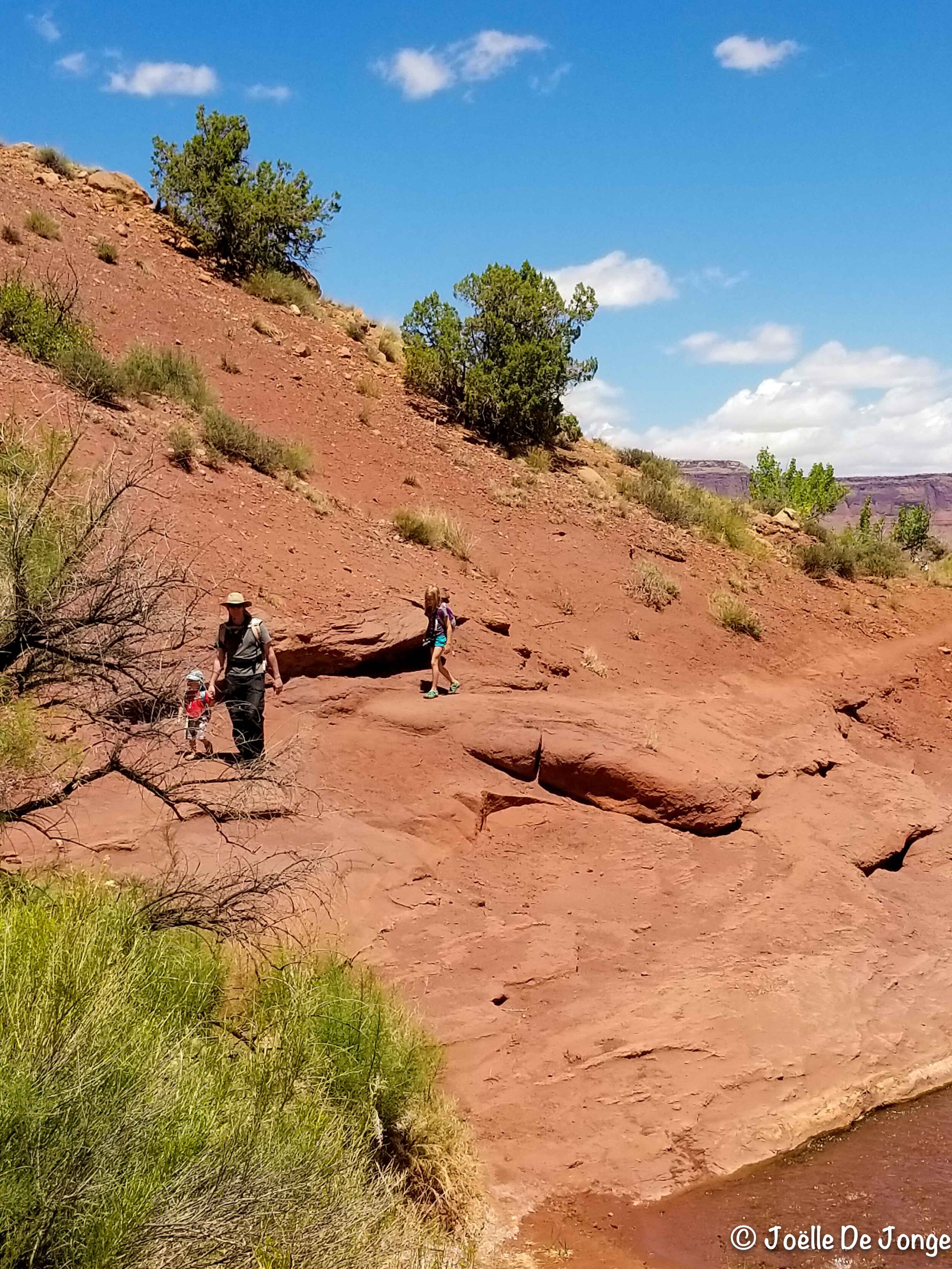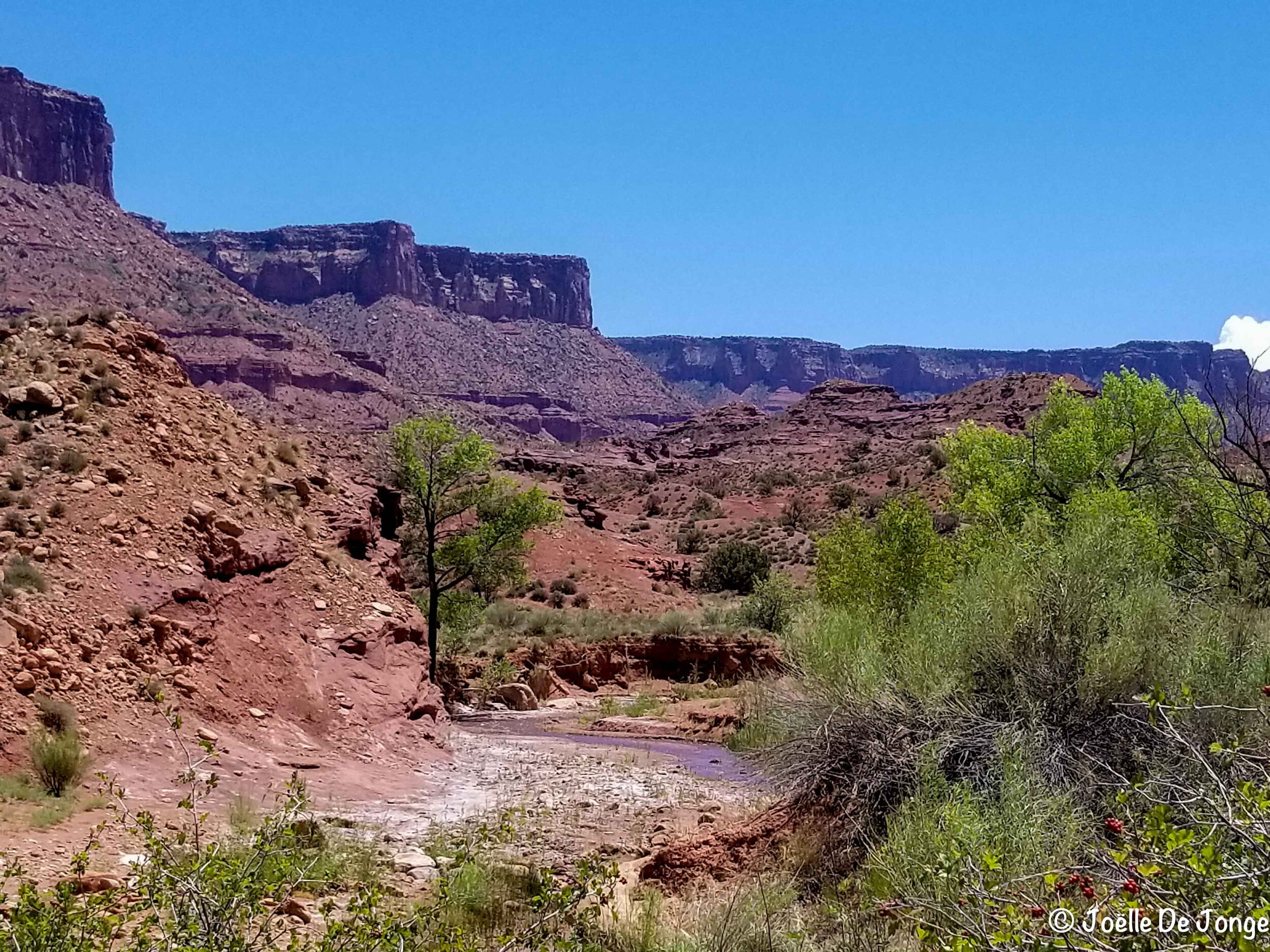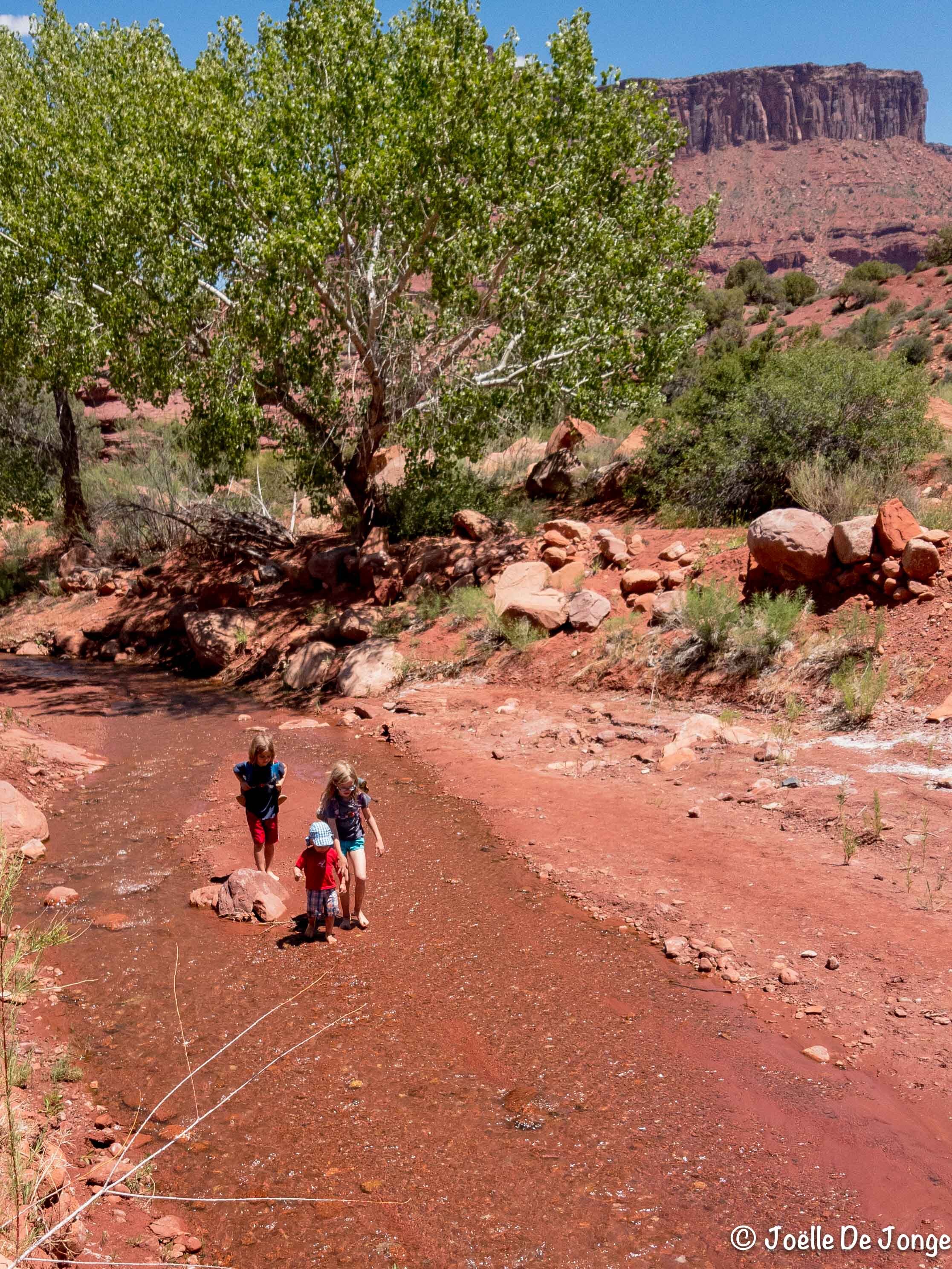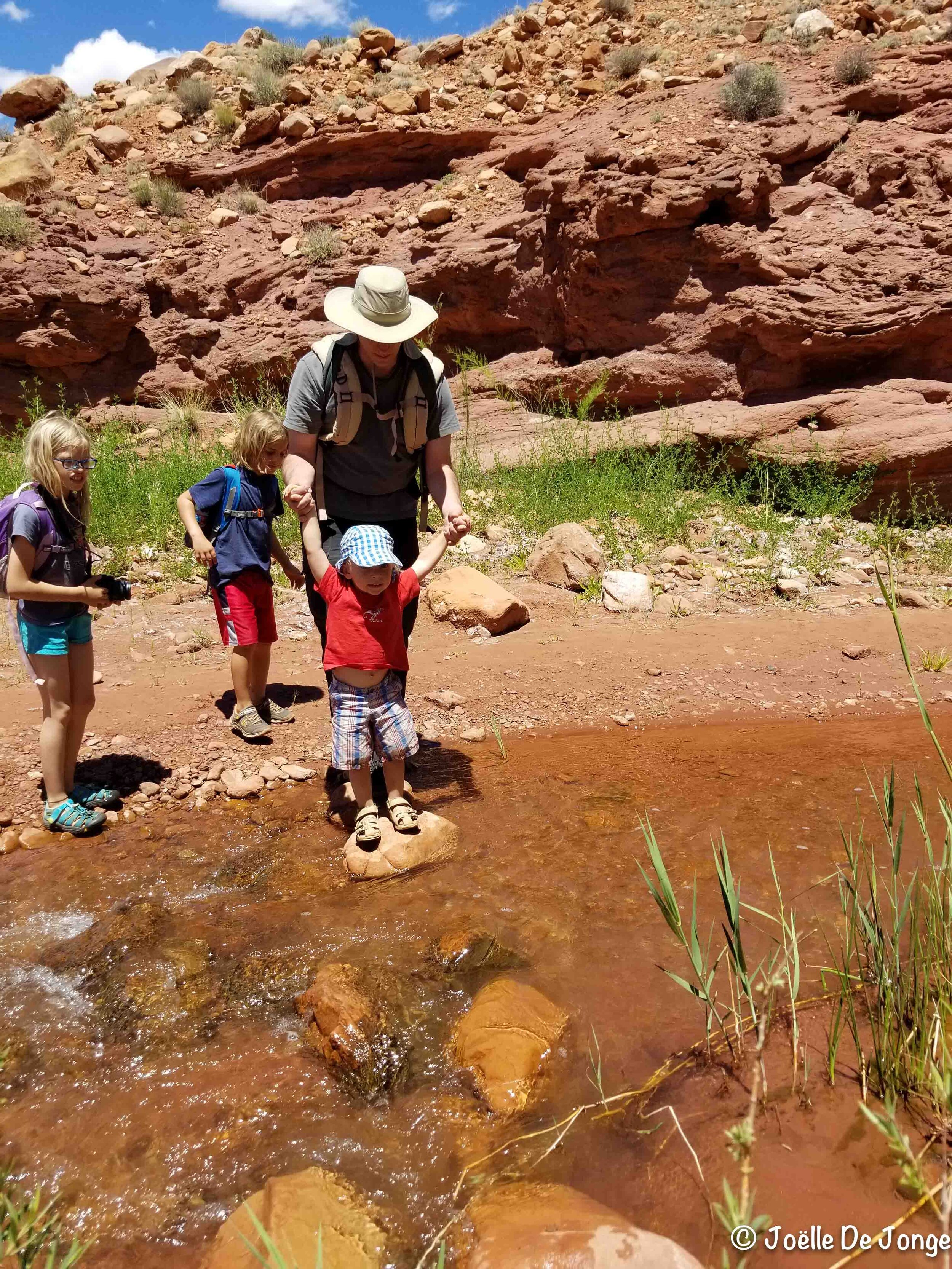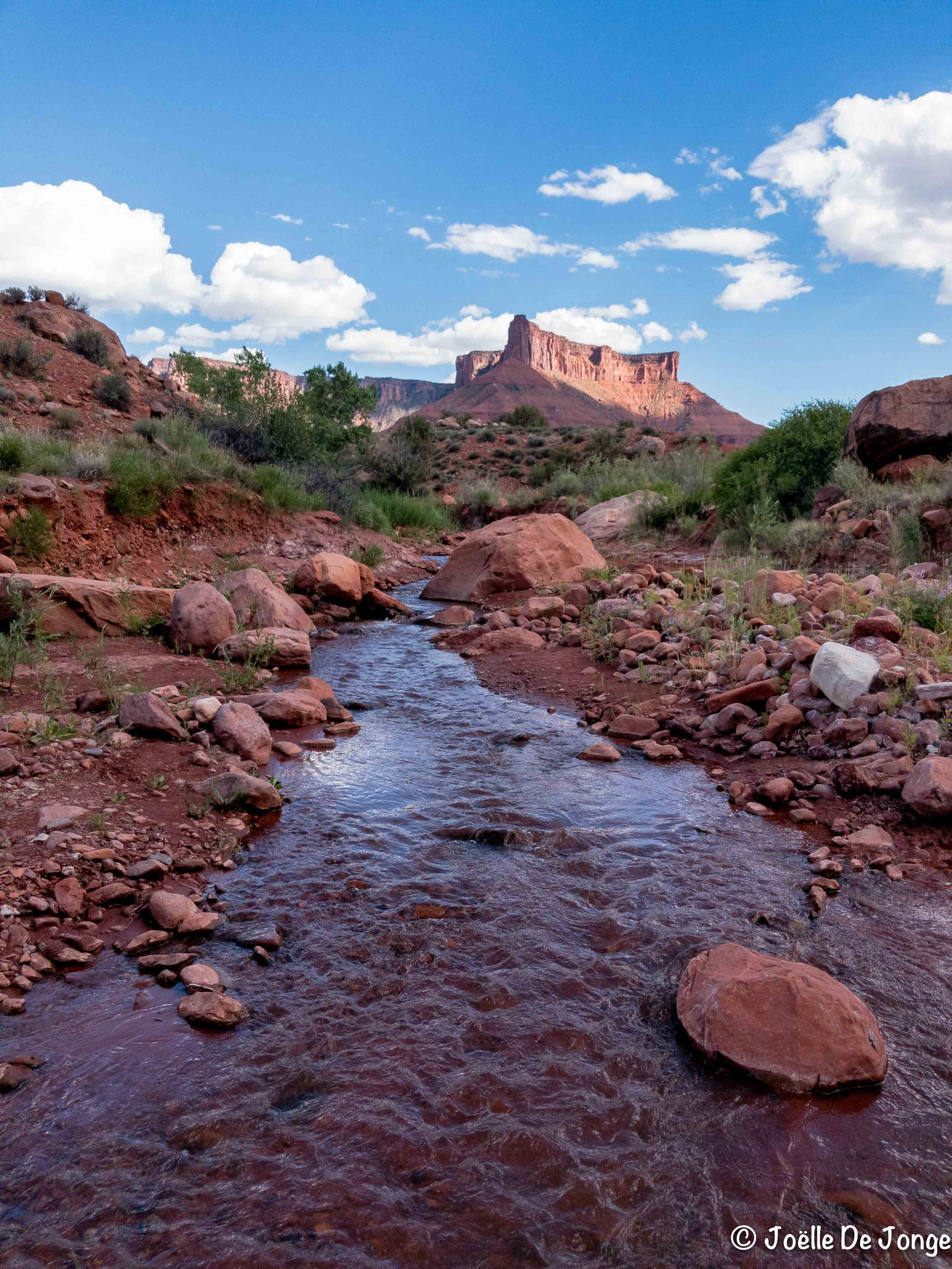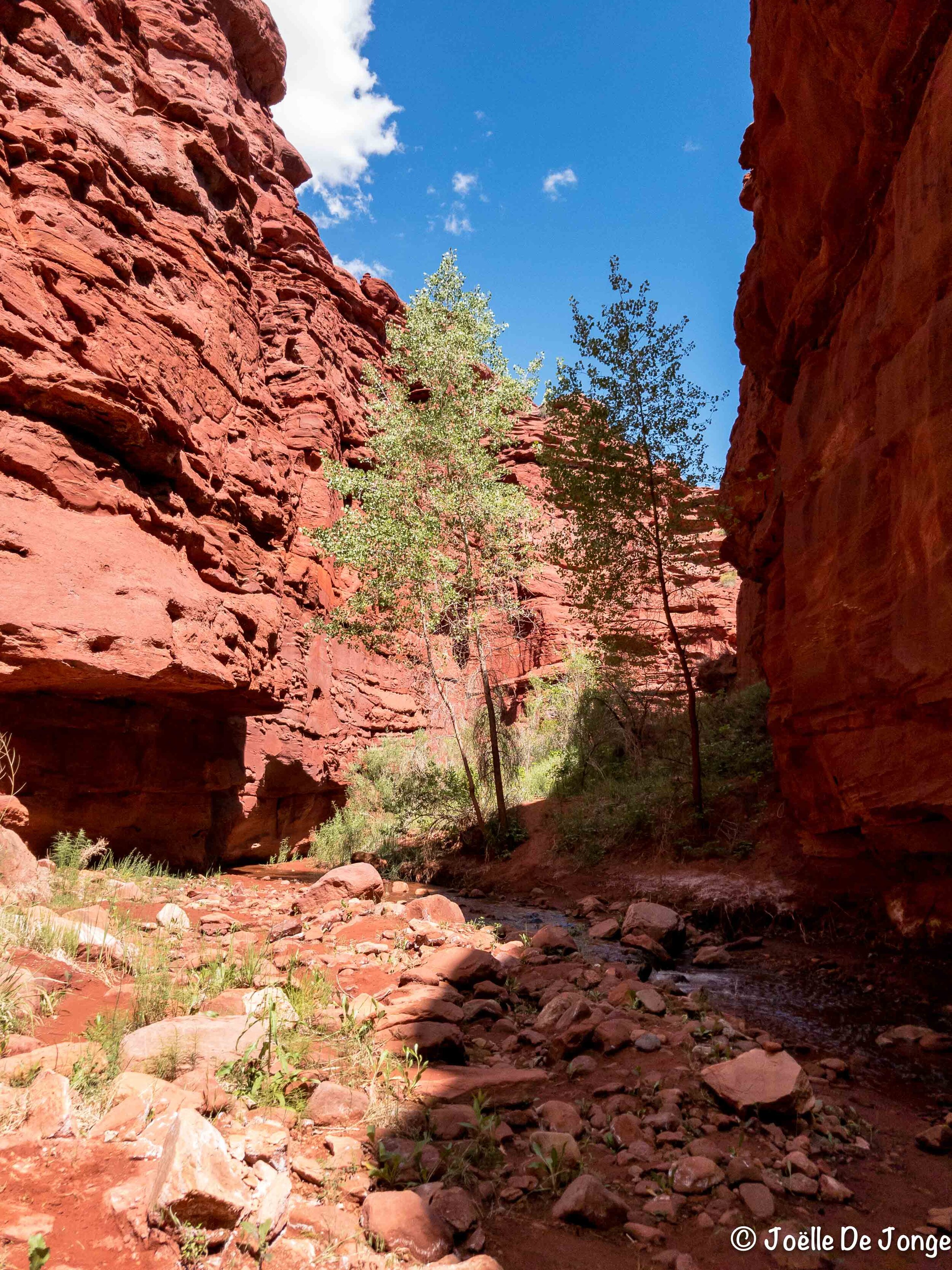USA Road Trip Part 2: Moab Area
We like this part of the USA so much that we included it in both our Southwest USA road trips in 2017 and 2019. Having the dog along the first time was a big blessing in disguise because it forced us to avoid the National Parks. While utterly beautiful, they are no fun with dogs. Avoiding the National Parks blessed us with lesser crowds, stunning scenery, and historic parks we had no idea existed. Vacationing in this area can be frustrating as there is so much to do that you always leave with a sense of having missed seeing something. So please, as you read this, add your favorite places in the area in the comments for others to draw inspiration from.
In 2019 our dog Egan stayed on our very good friends’ ranch in Colorado while we toured the Southwest to include less dog-friendly places. We visited Arches National park, however, I chose not to include a review as the park is so widely documented and I wanted to focus on other attractions in the area.
Finding Shelter
The area is a haven for all campers wanting to make use of BLM (Bureau of Land Management) land for shelter. There are stunning places to put your tent or camper on the very banks of the Colorado River on Highway 128 just north of Moab. We got a spot one time because a kind motorcyclist shared his spot with us. Otherwise, while worth a try, by mid-morning, these places fill up.
We found an unlikely campsite by driving South in frustration. A steak house advertised camping sites. As vegetarians, we turned into the driveway somewhat reluctantly as you can imagine, but were instantly charmed. The campsites are in a rare miniature forest that provides comfortable shade. The outskirts of the property provide beautiful views of the valley.
In 2019 we wanted to go see Arches National Park. Because of its famed traffic jam we wanted to camp closer. All the Colorado River BLM campgrounds were filled up, so we kept on driving and found this:
View from our overnight spot near Dewey (see map)
Set up for the night and enjoying an open-air practice.
A quick breakfast before visiting Arches National Park.
Anasazi Ruins
This is one of the most amazing places in the area and when we visited it wasn’t promoted and as such was a very quiet hike, away from the crowds of Moab. Kimana was studying Native American culture in homeschool and had developed a fascination for the Anasazi and Hopi cultures. (Even though she chose a Shoshone name for this blog). It is with great awe that she entered this valley and we spent a lot of time discussing how the surrounding geography influenced the way of life and what great knowledge of nature was involved to live here.
The Anasazi here were of another branch than the Chaco Anasazi whose land we will take you to in a further blog post on our road trip on Chaco Canyon. They were however part of the “Four Corners” spanning Utah, New Mexico, Arizona, and Colorado. This area was abandoned during the 1200s. Over time crop culture and storage had become more important, and as we walked Kimana and Fire were looking out for what people in the area could have gathered to supplement their crops and were trying to identify edibles in the valley.
House on Fire Ruins Trail
House on Fire ruins.
To us, it was very emotional to be able to hike into this valley and witness the heritage left by the 13th-century inhabitants, who understood nature so well and lived in harmony with it.
This is a great place where dogs are allowed along and I appeal to all dog owners to keep it that way. Please pick up after your dog wherever needed and control your dog around the ruins so that many dog owners after you may enjoy it.
Mule Canyon Ruins
The Mule Canyon Ruins are located just off Highway 95 (at about mile 101). It is an easy stop even for people who are not planning to take a hike. This amazing excavation of an 11th to 12th century Anasazi settlement gives you a distinct feel for community life at the time. Kimana, Fire, and Ciquala loved imagining where every part of daily life would take place. They loved the idea of the tunnel connection between the 12-roomed structure and the kiva. They were also amazed to learn that the Anasazi had a separate area for trash all that time ago!
Mule Canyon Ruins
Sign explaining the settlement layout onsite
Sign explaining the settlement layout onsite
Natural Bridges National Monument
This was a good add-on after the long hike to the Anasazi Ruins. The kids were really interested in the geology of the park and had fun spotting all the bridges. Egan came along, but this not a dog place. Dogs are allowed on the parking lots and asphalted sections. One of us stayed with Egan, while the others went on small strolls.
Sipapu natural bridge is one of the largest in the world with at 220 ft high and 268 ft across. It gives an idea of the scale of the landscape and of the powerful rivers that shaped this landscape.
Another bridge (picture above) is the Owachomo Bridge, named after the Hopi word for earth mound.
North of Moab Valley Hike
Northeast of Moab, along Highway 128 is the Professor Valley and Creek. It is named after Professor Sylvester Richardson, who was a New York doctor, who settled in the area with his wife Mary Jane in the 1880s and was very engaged in the community, holding a variety of posts, ranging from a medical doctor to postmaster. There are various places named after him, including a uranium trading town, which is now a ghost town.
Intrigued by the historic connection of the trail name and encouraged by trail descriptions we discovered the Professor Creek and Mary Jane Canyon Trailhead at the end of a long spectacular dirt road. The hike was one of the most fun places with very varied features and a good place to hike with kids and our dog.
(Side note: As always with hikes in narrow canyons, be mindful of flash flood conditions.)
There are lots of creek crossings so plan for wet feet. The kids were thrilled by the shallow water and walked long stretches of the hike barefoot in the creek.
The hike starts along the creek in an open valley as an easy stroll with good places for a picnic under a tree. The landscape changes by the minute and under different light conditions. Two-year-old Ciquala found so many things to see and do on this trail that he walked tirelessly.
Your Turn
Have you been to the Moab area? What did you enjoy?
Are you planning to visit Moab?
After reading this, if you had a chance to go to Moab, what would you want to visit most?
References and Further Reading
The Utah government has a good history blog: History to go. Here is the section on the Anasazi.
The town of Blanding visitor bureau has a great section on hikes in the area on the visit Blanding site.
A series of hikes in the area specifically on the Anasazi heritage by anasazihikes.com











